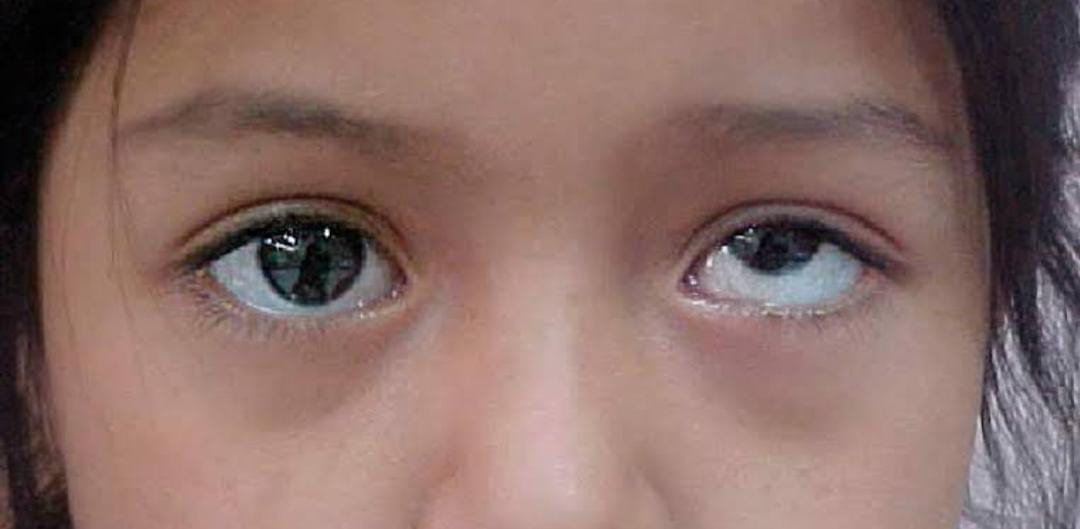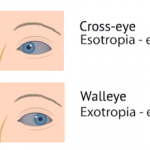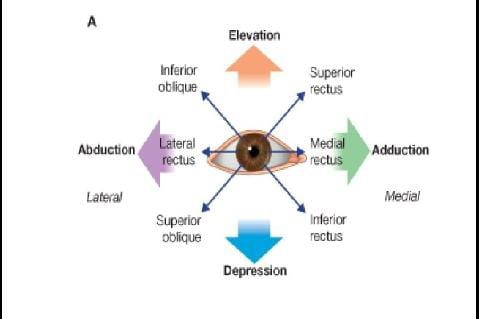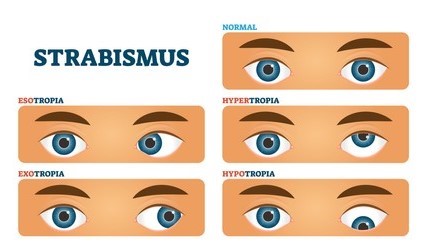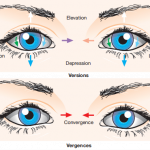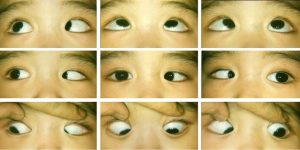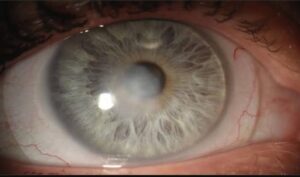A. DEPENDING UPON CONSTANCY OF DEVIATION
1. Hyperphoria:-
Hyperphoria is a tendency of the eyeball to deviate upwards, while hypophoria is a tendency to deviate downwards. However, in practice, it’s customary to use the term right or left hyperphoria depending on the eye which remains up as compared to the other.
2. Intetmittent hypertropia:-
Hypertropia is a type of vertical strabismus where one eye is deviated upwards compared with the other eye. This can happen all the time or intermittently. Hypertropia occurs when the muscle in both eyes are not balanced and working together.
Intermittent types of hypertropia are usually a result of stress or tiredness. This condition does not disappear on it’s own and requires treatment. The most common ways to treat it are with glasses, patches, vision therapy, or surgery. Earlier detection and treatment are associated with better outcomes for people with hypertropia.
3. Hypertropia:- It’s mentioned before
B. DEPENDING UPON THE DIRECTION OF DEVIATION IN THE NON-FIXING EYE
- Hypertropia:- It’s mentioned before
- Hypotropia:- Hypotropiais a similar condition, focus is on the eye with the visual axis lower than the fellow fixating eye. The most common cause is weakness (called palsy) in the nerves in the brain that control eye movement.
C. DEPENDING UPON COMPETENCE OF DEVIATION
a. Comitent vertical deviation:- The prevalence of comitent vertical deviations, in general, is not low. Vertical deviations may occur as isolated anomalies or in association with horizontal deviations
Prevalence:-
Following observations have been made regarding the prevalence of vertical deviations.
•Approcimately, half of the patients with motility disorders have isolated vertical anomalies.
•An associated vertical deviation has been reported in 43%of all exotropias.
Large primary comitent vertical deviations are rare. The primary vertical deviations must be differentiated from skew deviation, which is rather abrupt in onset, variable, and associated with symptoms caused by intracranial or labyrinth disease.
b. INCOMITANT VERTICAL DEVIATION
Depending upon the innovational etiology, the incomitant vertical deviation can be further subdevided into following types:
1. Apparent oblique muscle dysfunction:
I) Inferior oblique overaction:-
Inferior oblique muscle overaction also referred to as strabismus suroso-adductorious, is now termed as over-elevation in adduction (OEA). It is characterized by a upshoot of the eye in adduction. It can be
•primary OEA, or
•secondary OEA.
II) Inferior Oblique underaction, is now termed under-elevation in adduction (UEA). It can be
•primart UEA, or
•secondary UEA.
III) Superior oblique overaction:-
Superior oblique overaction also referred to as strabismus deorso-adductorius, is now termed over-depression in adduction (ODA). It is characterized by a down shoot of the eye in adduction.
It can be •primary ODA, or
•secondary ODA.
IV) Superior oblique underaction, is now termed -depression in adduction (UDA). It can be
•Primary UDA, or
•secondary UDA.
2.Paretic vertical deviatios:
•Congenital unilateral superior oblique paresis
•Bilateral superior oblique paresis
•Monocular elevation deficiency (MED), (OLD NAME-Double elevator palsy)
•Monocular depression deficiency (MDD), (OLD NAME-Double depressor palsy)
•Superior restus paresis(isolated)
•Inferior rectus paresis(isolated)
•Skew deviation
•Inferior oblique paresis
3. Restrictive vertical deviation:
i) Restrictive vertical deviations due to misdirect muscle force, as seen in
a) Congenital cranial dysinnervation disorders (CCDDS) primary affecting
vertical ocular motility.
b) Introgenic displacement of inferior oblique muscle after its Anteriorzation.
ii) a) Restrictive vertical deviation due to mechanical restruction.
b) Restrictive vertical deviation due to structural adhesions.
c) Restrictive vertical deviation due to orbital mass lesions
Incomitant vertical deviation caused by weakness, paralysis or restriction of the cyclovertical muscle.
D) DISSOCIATED VERTICAL DEVIATION (DVD)
dissociated vertical deviation (DVD) is a comparatively ill-understood form of strabismus. That is why it has been described under different names by the different workers. A few of the other names by which this condition has been described are Alternating sursumduction, alternating hyperphoria, alternating hypertropia, alternating sursumvergence, occlusion hyperphoria, and dissociated vertical divergence, dissociated hyper deviation, and so on.
Dissociated vertical deviations are basically characterized by a hyper deviation in one eye that is present while the other eye is fixing. The non-fixing eye is also extorted and slightly abducted. Thus dissociated vertical deviation(DVD) can be defined as an intermittent anomaly of the non-fixing eye consisting of upward excursion, excyclotorsion and lateral deviation.
